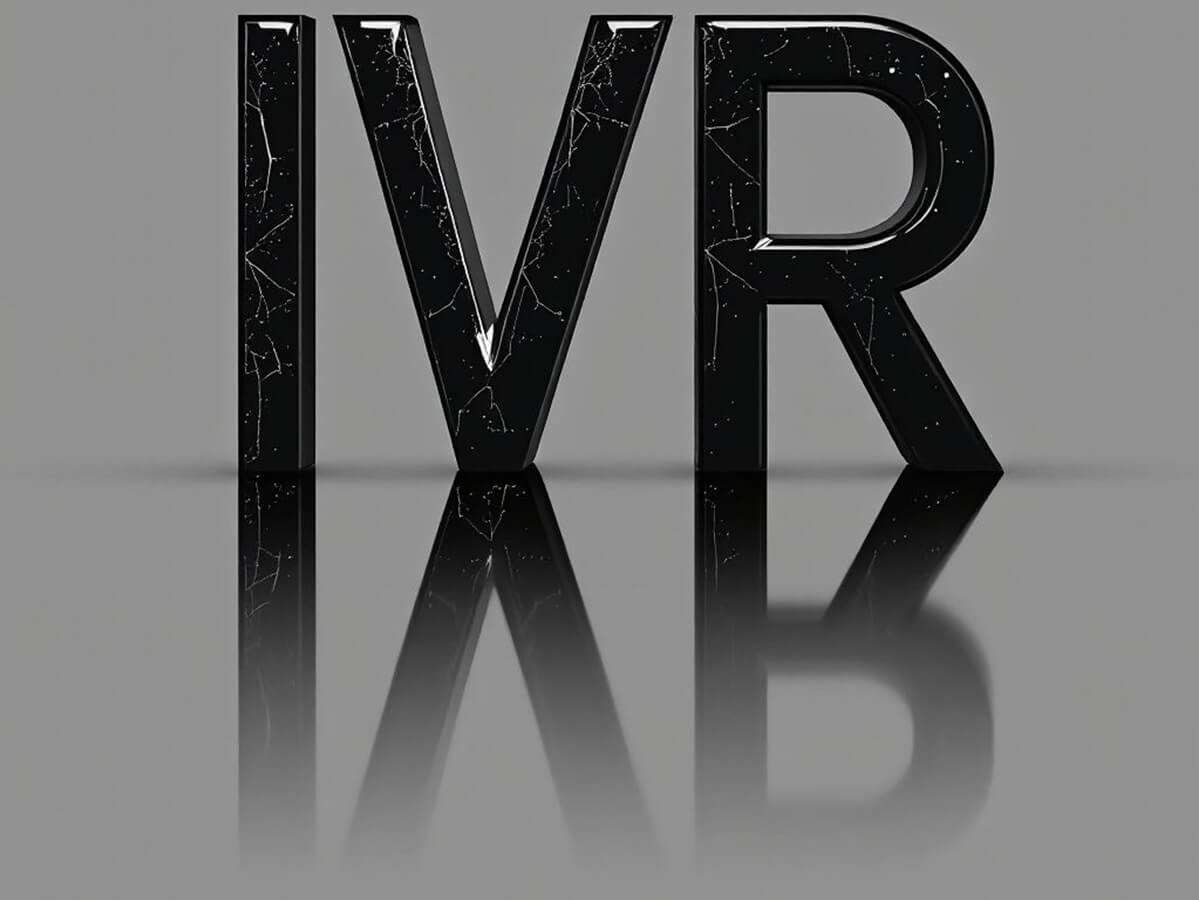Organizations are increasingly turning towards VoIP phone systems for internal and external communication. The move away from landline has been accelerating for a while now. Few people, if any, will dispute that VoIP is the voice communication technology of the future.
A quick search online will bring up dozens, if not hundreds, of VoIP phone service providers. If you’re in the market for a VoIP phone it can get confusing. However, not all of these systems are appropriate for call centers. They may lack the necessary features to support call handling at such large volumes.
What Makes a Call Center Different?
A call center is a centralized office for managing telephone inquiries. A contact center is an extension of call centers in that they manage multiple kinds of communication (letters, faxes, emails, instant messaging, social media, etc.)
An inbound call center handles incoming calls from current and potential customers regarding tech support, billing support, product inquiries, and so on. Outbound call centers engage in telemarketing, emergency notifications, market research, soliciting donations, etc.
A call center manages a much higher volume of calls than any regular organization. For companies that have in-house call centers, the latter may handle more calls than the rest of the business combined. It means that the standard business phone system is not sufficient for your needs. If you manage a call center, then you need specialized phone systems designed just for you.
What Do You Need from a Phone System?
Call centers have evolved quite a bit over the last decade. They handle more calls than ever before. On top of that, customers’ expectations are much higher than they used to be. No longer are customers satisfied to contact businesses by phone. Now they demand options such as being able to access help through forums, live chat, and other non-voice mediums. So, call centers have to integrate multiple channels, be flexible, and use software to exceed customer expectations.
Multi-channel communications
Modern communication technology has caused expectations to skyrocket. Customers practically demand businesses to use real-time channels for support. That means you can no longer restrict yourself to phone calls and direct mail. You should be prepared to handle customer inquiries through instant messaging, text messaging, social media, email, and a variety of other channels. At the very minimum, your call center phone system should bring everything together in one place.
Software and interoperability
Bridging the gap between different channels means the system has to be interoperable. That means it should be able to connect and work with multiple systems. A VoIP phone system that uses proprietary protocols and formats is not likely to succeed. This is why most vendors use the SIP (Session Initiation Protocol) which is the industry standard.
A major feature of any modern call-center phone system is the use of software. Your phone system is not just equipment like phones, cables, headsets, etc. More and more, software features are the differentiators that will help you stay one step ahead of the competition.
Flexibility
Finally, any phone system you use has to be flexible. You don’t want a system that cannot adapt to your business requirements. Your call-center will face changes – you may downsize or add additional agents at any time to meet demand. Your phone system has to keep up!
Selecting the Best Call Center Phone System
Call and queue management
One of the most important jobs of a call center phone system is to manage calls and queues. Your service provider will have a few different features that work together to help you. Keep a close eye on features that are relevant to your business requirements.
For instance, a notification with relevant information can automatically pop up on the screen when an agent answers the call. This way the agent does not have to waste time in asking for basic details.
Other features help you with directing calls to particular groups for teams of agents. For example, you may want a dedicated group for bigger customers. Or you may want to route calls according to the expertise of agents. Features like skills-based routing and automatic call distributor (ACD) are necessities for call centers.
IVR
The presence of an IVR (Interactive Voice Response) can make or break your call center. It is the automated feature that guides customers to the right agent or department within the company. While too many options and wait times can frustrate customers, a properly set up IVR will save you hundreds of work hours overtime.
There are many reasons to use IVR features. It is an efficient way of routing calls within the call center. If a customer is looking for basic information (unpaid bills, outstanding orders, etc.), the IVR can handle it. This will free up agents to deal with more complex issues. Best of all, this feature is usually included in the plan you pay for.
Analytics and reporting
Analytics and reporting capabilities should be on your call center requirements checklist. Most call centers require both real-time reporting and historical reporting. It means the ability to monitor and analyze calls in real-time as well as over records.
Another important feature is the integration with various business tools. Your VoIP phone system should work with enterprise tools like CRM and ERP as well.
Disposition codes are another way to analyze your call center metrics. It is a way to monitor and record call outcomes (busy, left voicemail, needs follow-up, etc.) Comprehensive reports with call disposition codes can give you an overview of how your call center is doing.
Supervisor controls
Supervisors and agents make up the bulk of people working in the call center. Supervisors meet the ability to handle calls if an agent needs help with a customer. Most modern call-center phone systems offer a myriad of features such as:
- Call recording – record calls for later playback (training and feedback)
- Call monitoring – supervisor can monitor agents without intruding
- Whisper coaching – a supervisor can coach agents without the customer being aware
- Call barging – a supervisor can take over the call if it appears the agent cannot handle it
Telephony
Finally, you have telephony features that any standard business VoIP phone system has. These include features like voicemail, transcription, notifications, call hold options, etc. Quite a few call-center systems also offer click to call functionality. It allows customers to call your business from your website from their browser. This type of cross-platform or cross channel capability is very important for any call center.
Why Is VoIP the Best Choice for Call Centers?
Price
There is no question that VoIP phone systems come out on top when it comes to price. There is no product or service out there that can compete on this basis. Hosted VoIP makes internal calls between employees free. Long-distance calls cost only a fraction of what they used to. Additionally, VoIP service providers offer so-called luxury features for free in even their most basic plans. When it comes to value, you really cannot beat that!
Features
But what about the other side of the equation? Turns out that VoIP is the best option for features as well. This digital technology enables sophisticated features that are simply not possible with traditional landlines. An analog system cannot integrate multichannel communication as VoIP can.
The best part is that you don’t have to purchase any equipment or manage the system on your own. Your business VoIP phone service provider will handle everything for you.
Continuous Innovation
With hosted or cloud VoIP call center systems, all the required polyphony services are delivered online. The service provider manages the equipment and software for you. It means the vendor can deliver new features faster than before. A single click and the latest update goes out to all clients at once. In most cases, you won’t even know something has changed until you see the new features in action. There is no downtime or interruptions to your regular workday.
At the same time, service providers are constantly competing to launch new features. They want to stay one step ahead of the competition. Because it is so easy for companies to switch between providers, they have an incentive to push updates.
While a few vendors attempt to lock you in with long-term contracts, most offer month-to-month options. Retaining customers becomes a matter of providing the best features at competitive prices rather than artificial obstacles.
Some service providers offer specific call-center versions of their services. Others create flexible services that can adapt to any industry including call centers. Whichever option you choose, make sure of two things – it fits your current needs and can adapt to future changes. So why wait any longer? Talk to a VoIP provider today about options for your call center!




